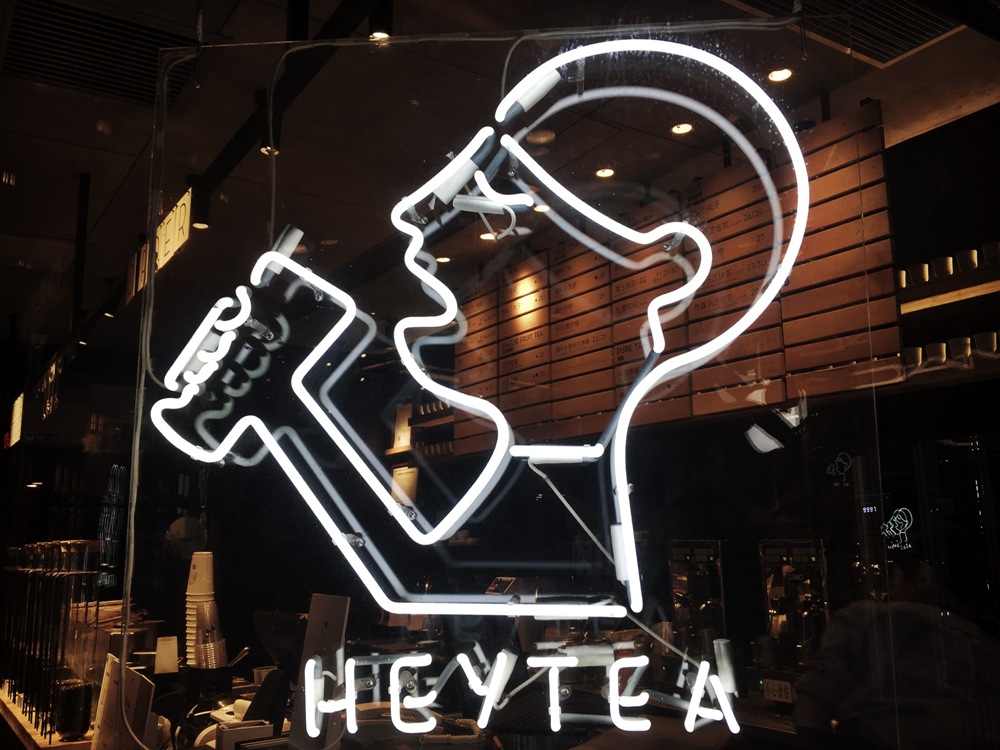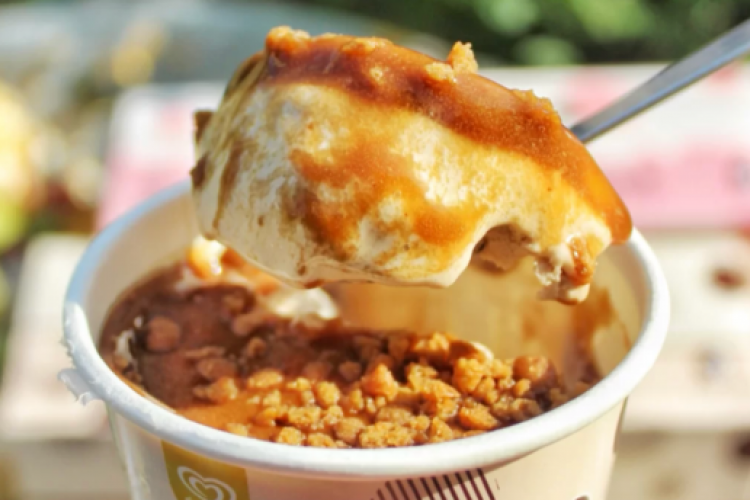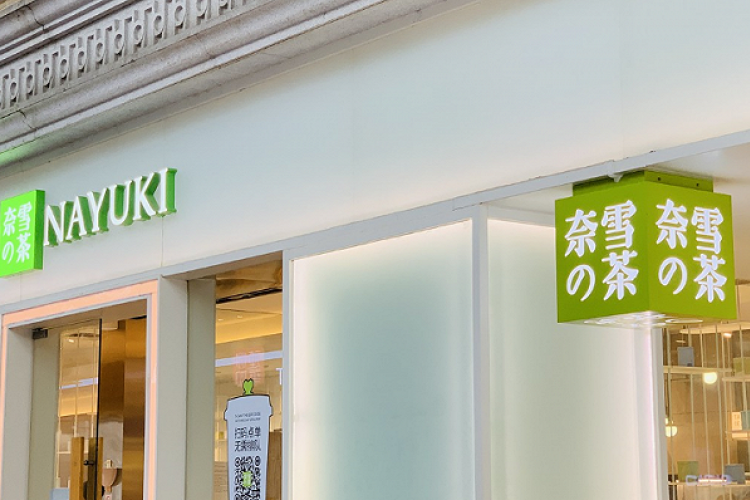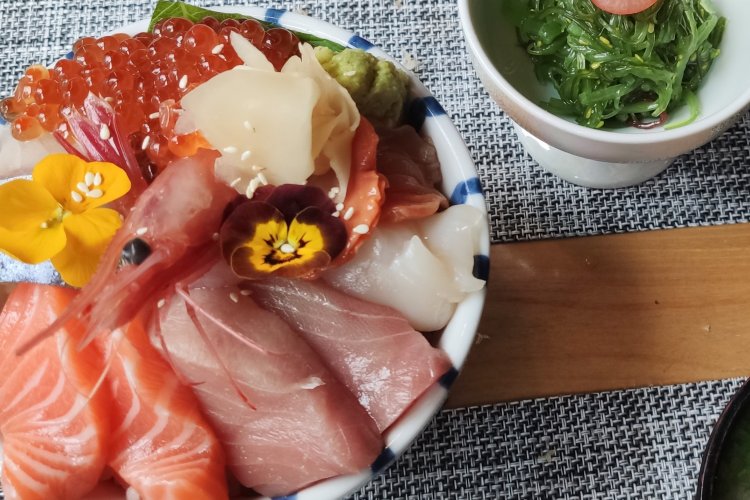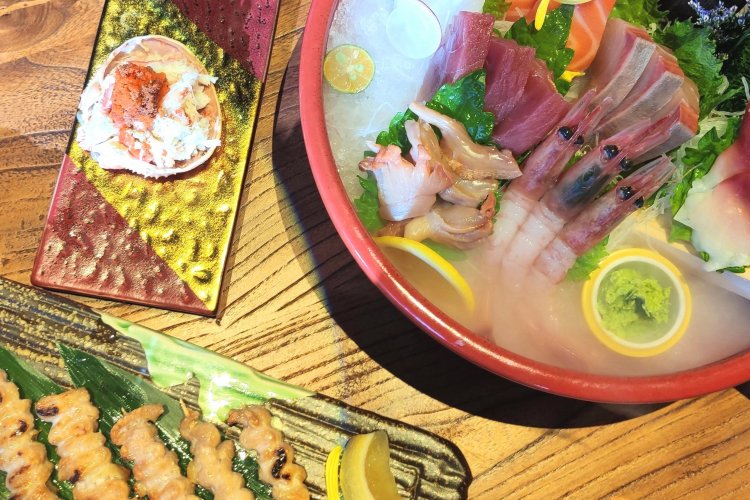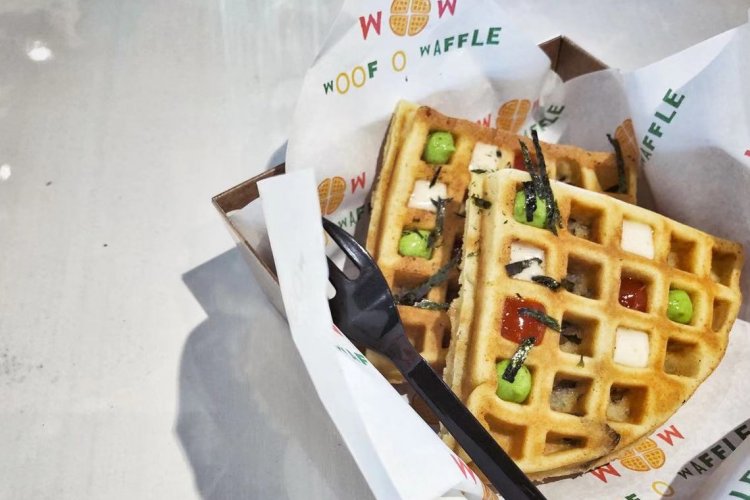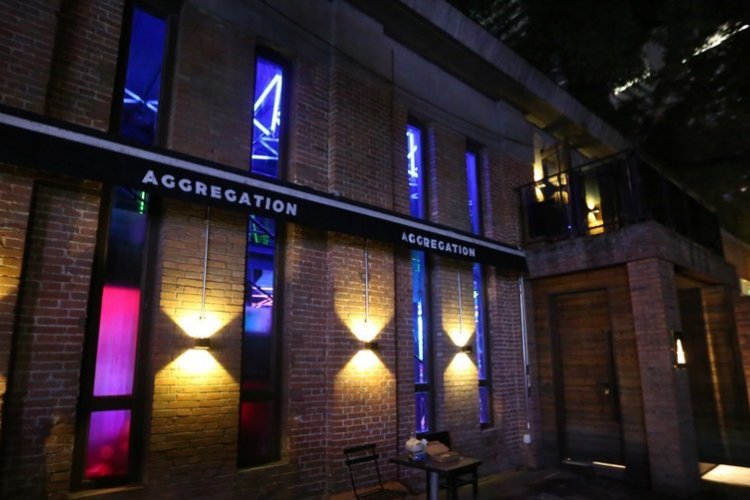HeyTea Cheat Sheet: Which Flavors Are Truly Worth the Wait
Stepping into the stanchioned line at HeyTea is much like crossing the invisible barrier that separates Wakanda from the rest of Africa – but instead of a fictional future-forward city, one is greeted with the hubris of our very real society. These are gladiatorial games of endurance (waiting in line), agility (texting while standing), and courage (self-waimai) that help each store rake in as much as (if not more than) Starbucks’ Shanghai Reserve Roastery.
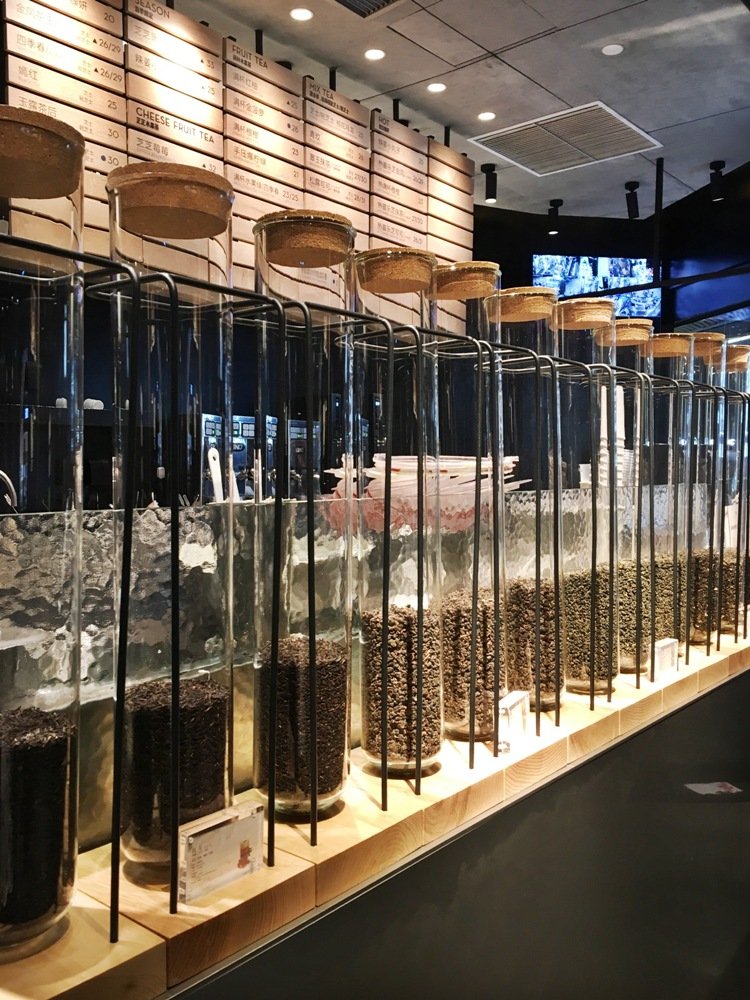
HeyTea prides itself on sourcing the best tea leaves for its drinks, the varieties being Kinfone (notes of "roasted scent, caramel, honey, and milk") from Nantou in Taiwan, Dewaroma ("kelp, glutinous rice dumplings, mung beans" ???) from the central plains of the Yellow River, and Four Season ("flowers and fruits, honey, the smell of sugarcane"), also from Nantou. The fourth unnamed kind is a black tea blend, with leaves from Darjeeling and yet again, Nantou. The blind taste tests may be damning, but the real crime is naming anything “Four Season”.

The cup lids cheesesplain how to properly drink the teas, a real backhanded tip if HeyTea is implying that its target demographic is incapable of consuming dual-layered concoctions. Maybe the next set of cups will carry instructions on how to wipe off the cheesestache, because mine is starting to form its own ecosystem.
Since there’s no dearth of reviews covering the basic options, we decided to dive into the more exciting varieties.
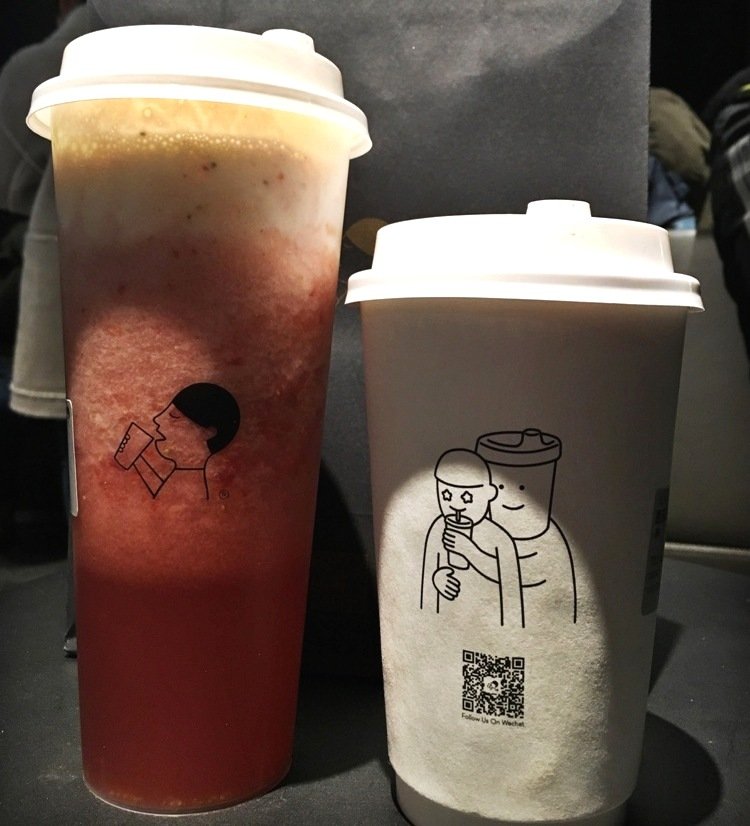
Strawberry cheese
The strawberry cheese (RMB 33) had a very flowery tea base blended with ice and strawberries. It rang in as delicious and refreshing, even with the heavier cream cheese mixed in. Though the fruit-to-tea ratio wasn’t as healthy as we would’ve liked, the tea itself is quite subtle and wouldn’t have been able to hold its own if they’d thrown in another strawberry or two.
Truffle cocoa
Unlike most hot chocolate drinks from other milk tea chains, the truffle cocoa (RMB 28) fortunately did not taste like mass-produced cocoa powder dumped in milk. Already quite rich, the drink is made even more filling thanks to the cheese cap. Watch out for the cheese sweats with this one.
Berry cheese
A new item on the menu, the mixed berry cheese (RMB 33) seems to be selling very well but is simply the strawberry cheese tea with the tiny kitchen version of blueberries added in. A scam indeed, though an enjoyable one, for we happily drank it all down.
Osmanthus oolong cheese tea
Ordering the osmanthus oolong cheese (RMB 23) with such great expectations was a recipe for … mild disappointment. The osmanthus flavor was already gasping for air without the cheese cap, but after the layers got to know each other better, all it tasted like was creamy oolong. Not terrible, but not the standout we expected either.
Final Thoughts
If we’re talking cheese caps only, the HeyTea mix is actually good with just the right amount of salt to offset the sweetness. It wasn’t a big surprise to find out they use a New Zealand brand; it definitely makes a difference in terms of taste and texture.
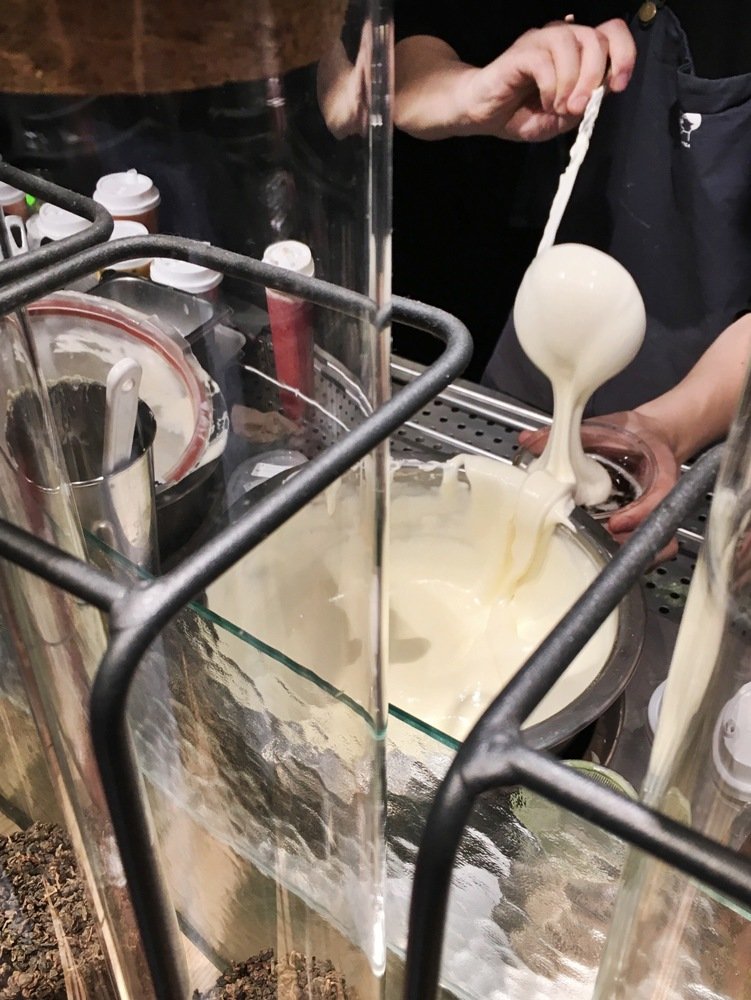
The standard HeyTea experience is basically waiting to order, collecting, and scooting. The Taikoo Li store is a hot mess, with dried up sticky spots from cheese-tipsy customers and trash strewn about. For all the inspiration the company takes from Starbucks, the ambiance is less "tea shop hygge" and more "MTA subway station chic". Grimy, scratched-up placards accompany the big display jars of tea, and the corner with the tea set and inscrutable English text on the wall is equally scuffed up.
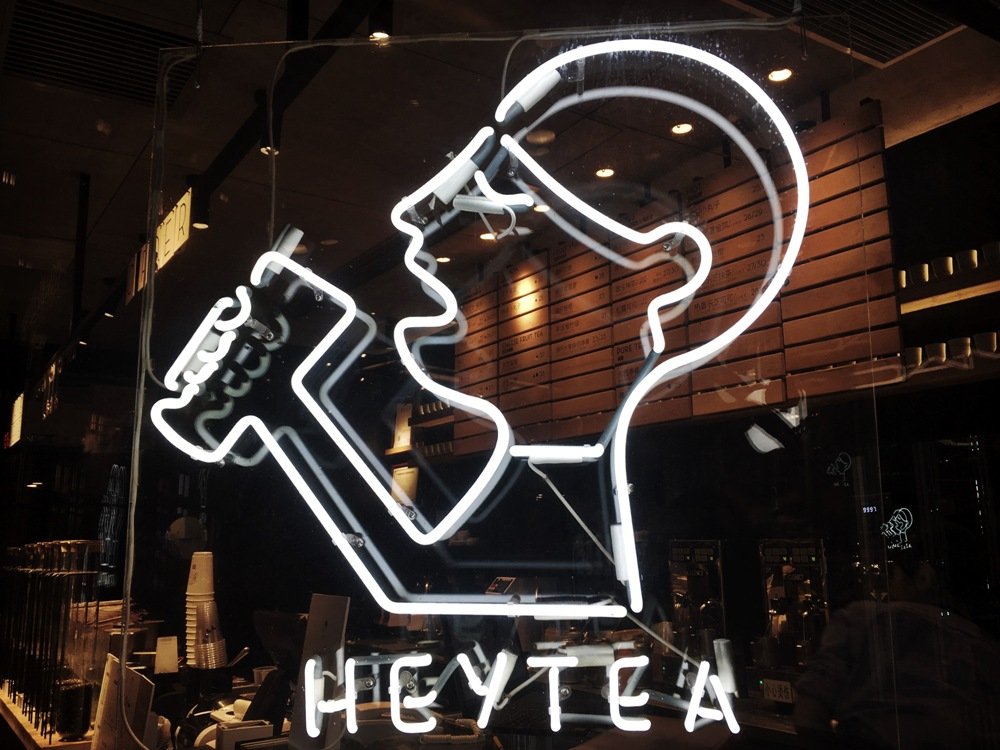
All in all, if you inhale cheesecakes on a regular basis and consider yourself an esteemed patron of the milk tea industrial complex, wait no more! This is a sign from the universe to run to the lines and get your arteries kneecapped by the cheese cap. Everyone else can wait it out till HeyTea finally gives up and partners with one of China's numerous food delivery apps.
HeyTea
Daily 10am-10pm. S6-11a, Bldg 6, 19 Sanlitun Lu, Chaoyang District (8418 5776)
朝阳区三里屯路19号院6号楼S6-11a单元
Multicultural and multilingual, Naini works primarily as a senior writer at a top multinational localization company in Beijing. In her free time, she analyzes China’s digital ecosphere and brand-consumer interactions. She also writes on technology, culture, design, the internet, and marketing.
Photos: Naini Singh

